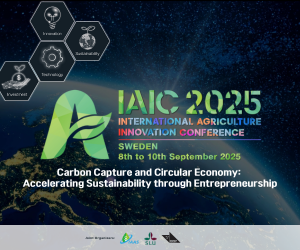Marine heatwaves can decimate the oldest and youngest coral, raising concerns about the reproductive future of reefs
By: Harrison Tasoff
Sometimes nature surprises you. That’s what happened when a massive marine heatwave took hold in the waters around Moorea, French Polynesia, in late 2018.
Scientists surveyed coral around the island during and after the heatwave, recording which colonies survived and which succumbed to the heat. They found that high ocean temperatures hit the largest coral hardest, an alarming result since the biggest colonies are most fertile. What’s more, the heatwave also decimated baby corals. These trends suggest that heatwaves could entirely restructure the size distribution of corals on reefs.
“We had this big marine heatwave event, and we found that it kills the corals that make the babies—the biggest corals—and it kills the corals that are the babies—the ones that have just settled on the reef,” said Deron Burkepile, a professor in UC Santa Barbara.
“These findings really reinforced to me the urgency of mitigating the climate crisis. It was a surprise to us how the bleaching event so dramatically impacted these differently sized corals.” Burkepile said.
“Certainly, climate change has more surprises in store for us, and the more of them we can avoid, the better off we will be.” he continued.



 Abstral Official
Abstral Official Hollie Blaydes
Hollie Blaydes